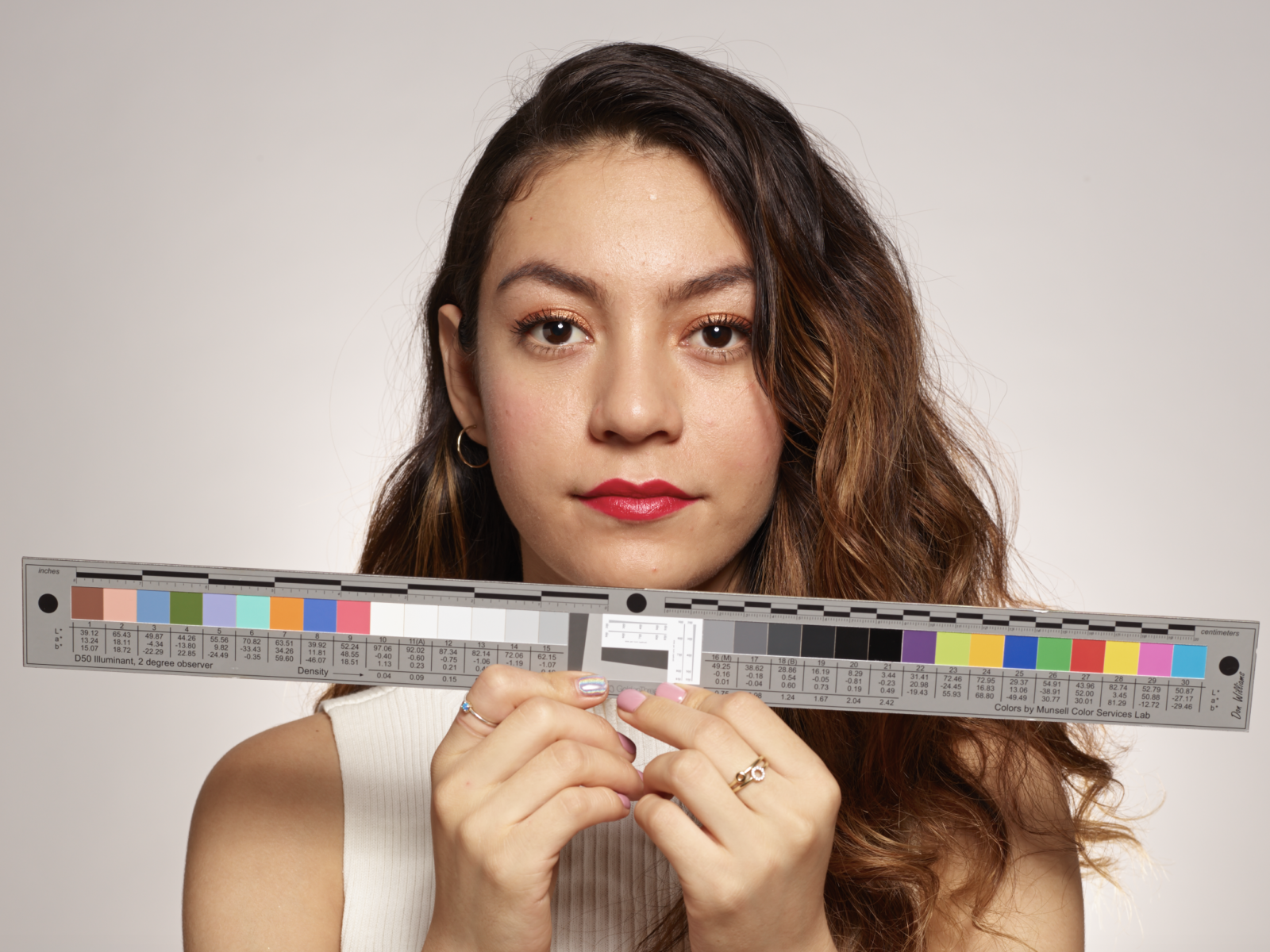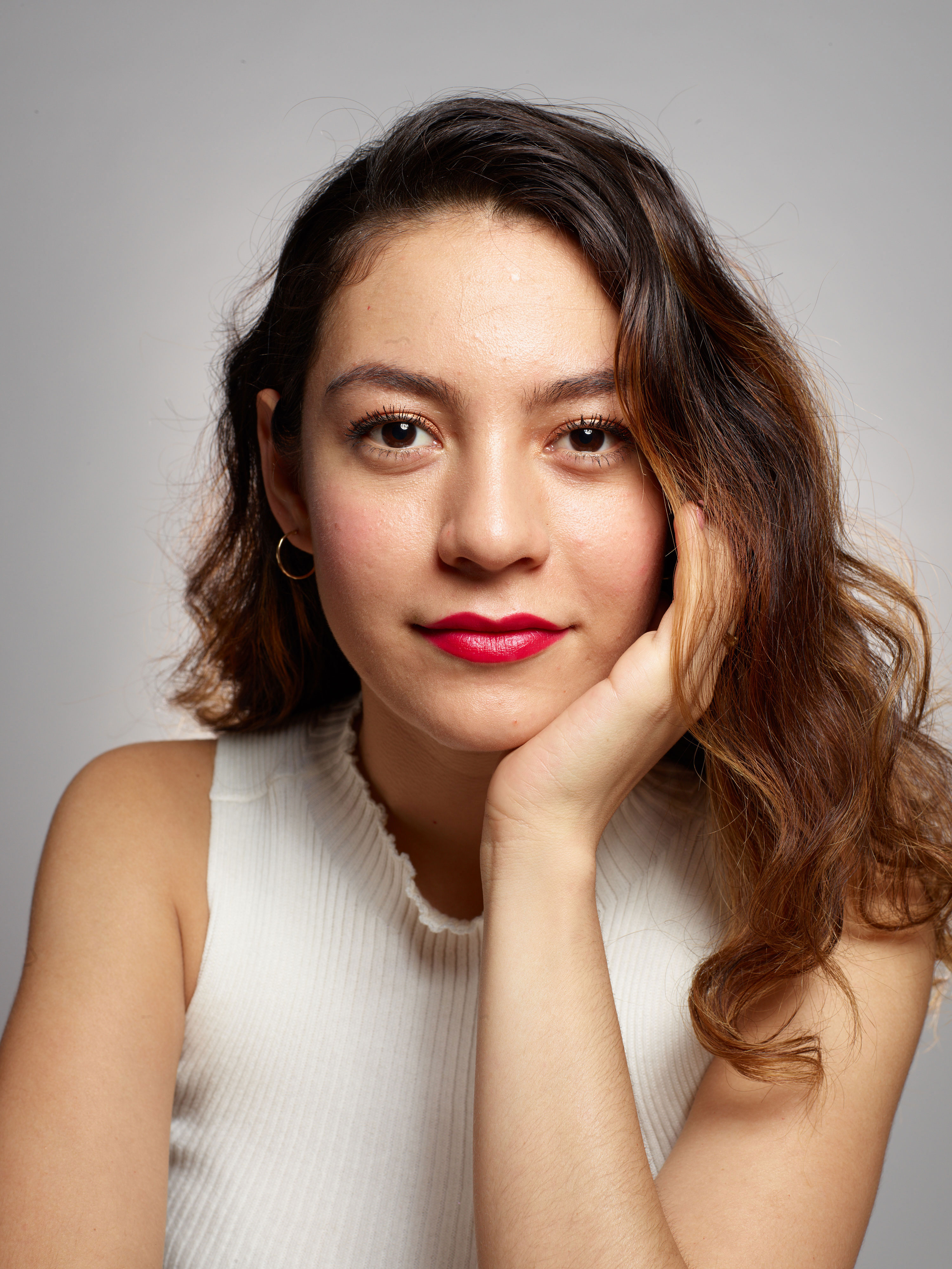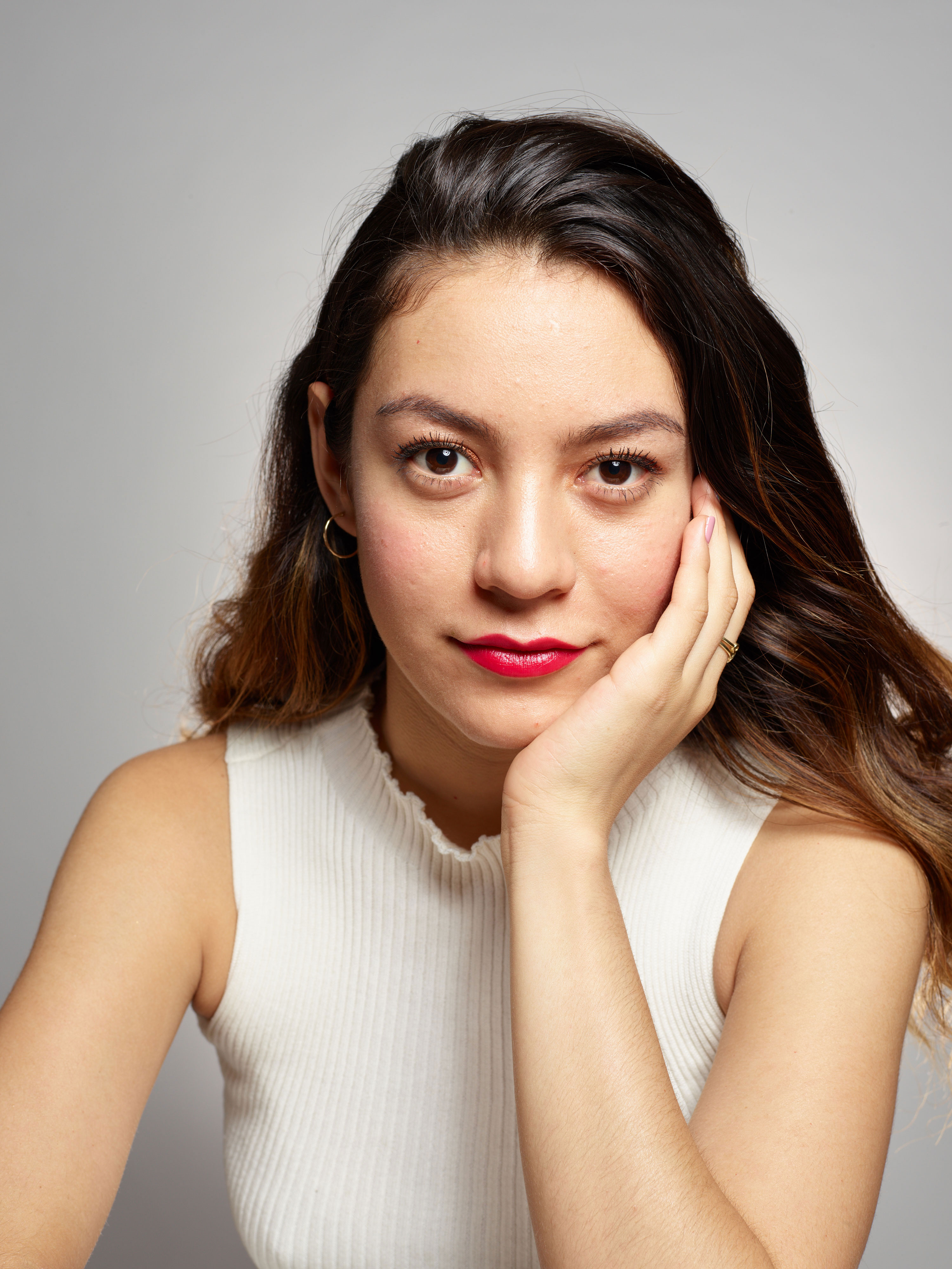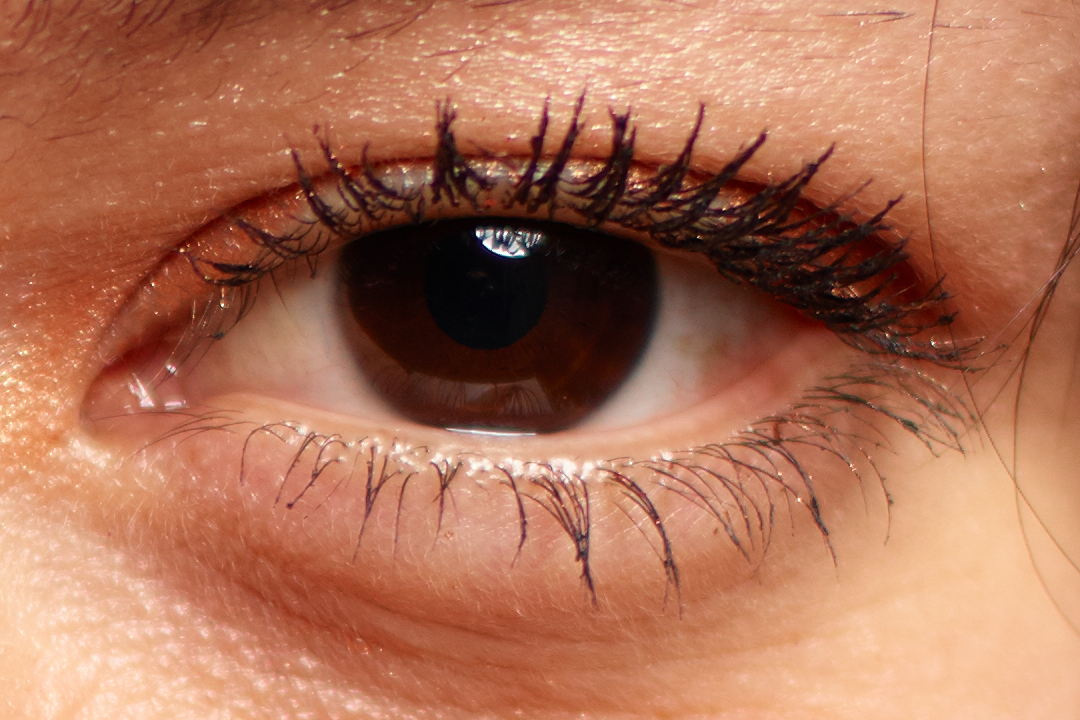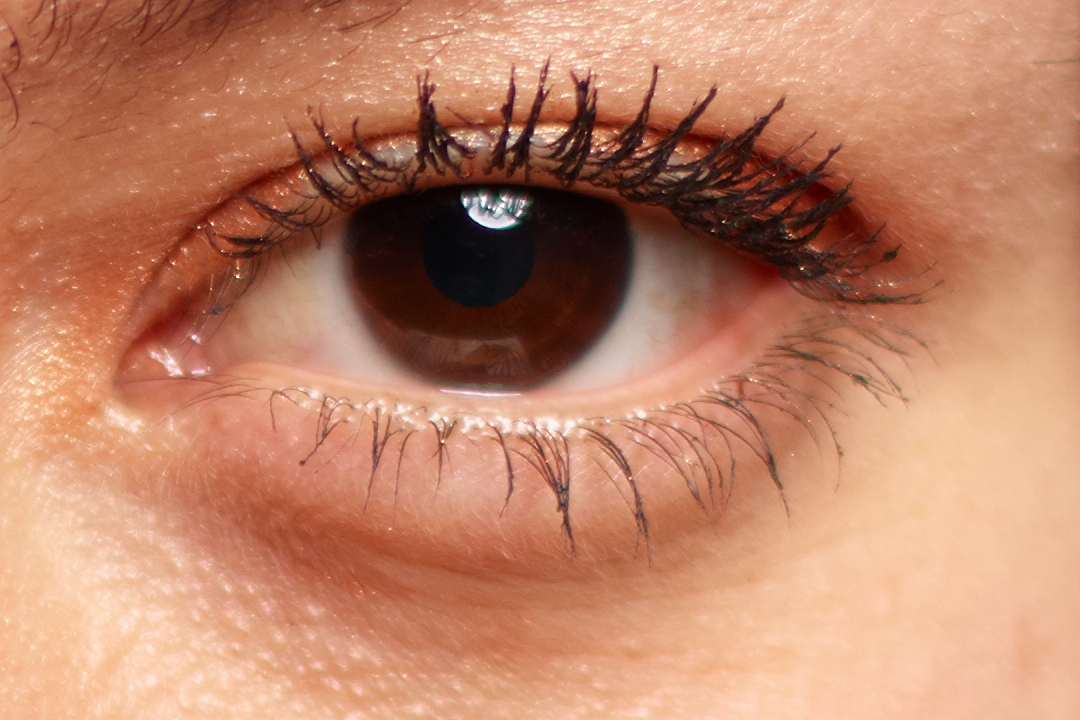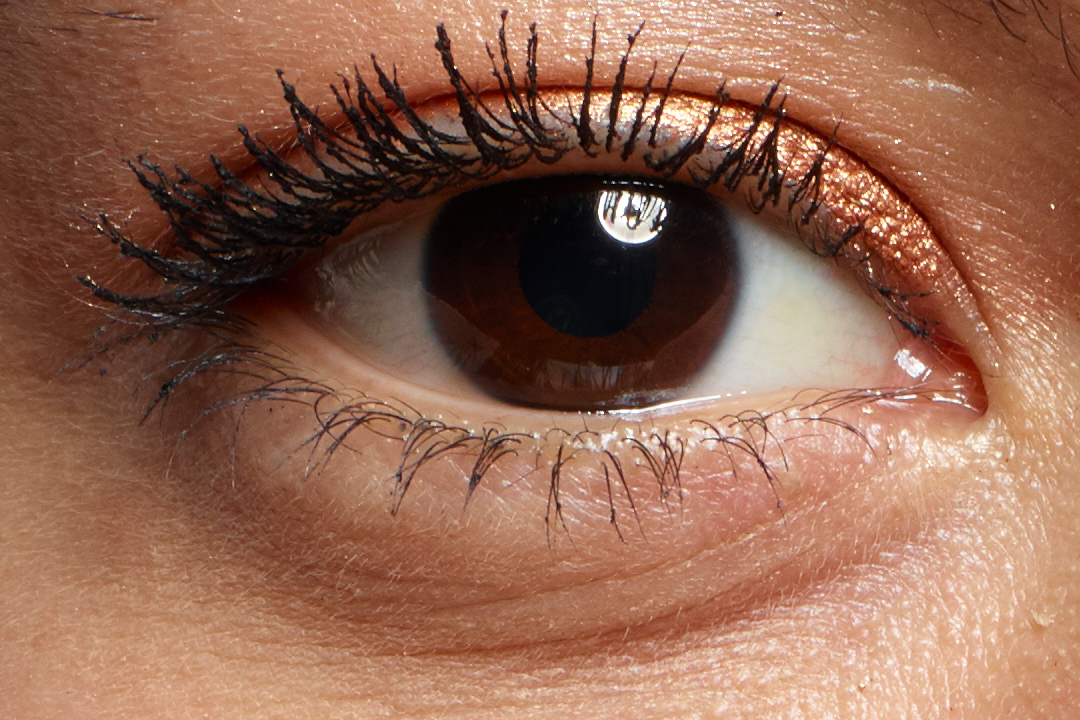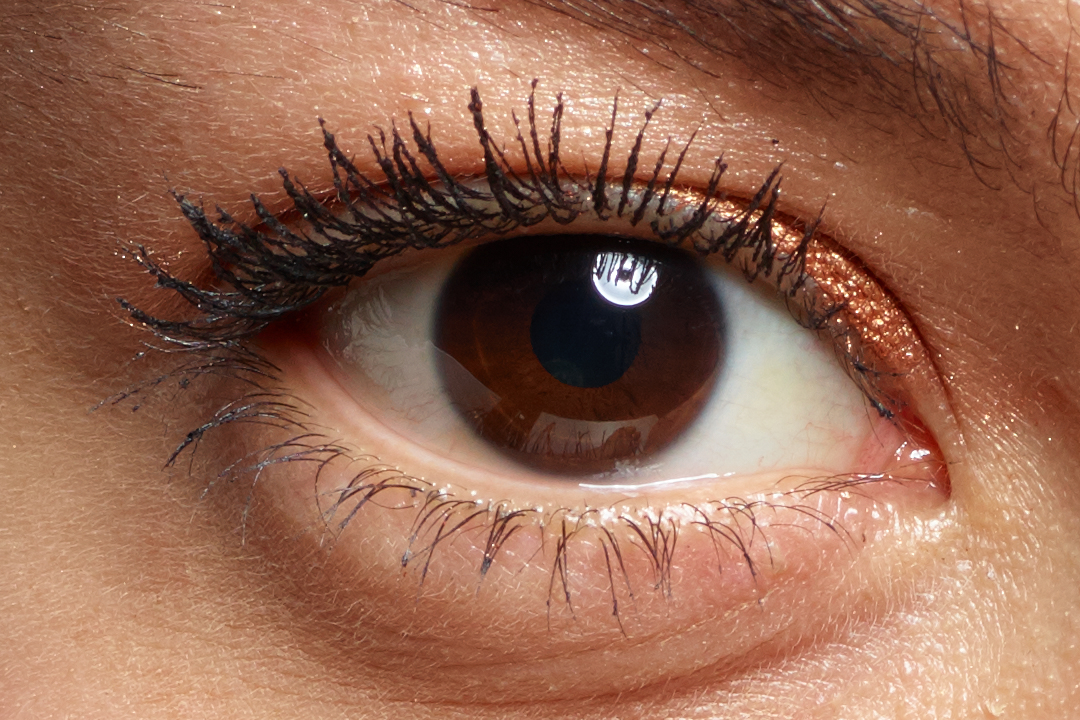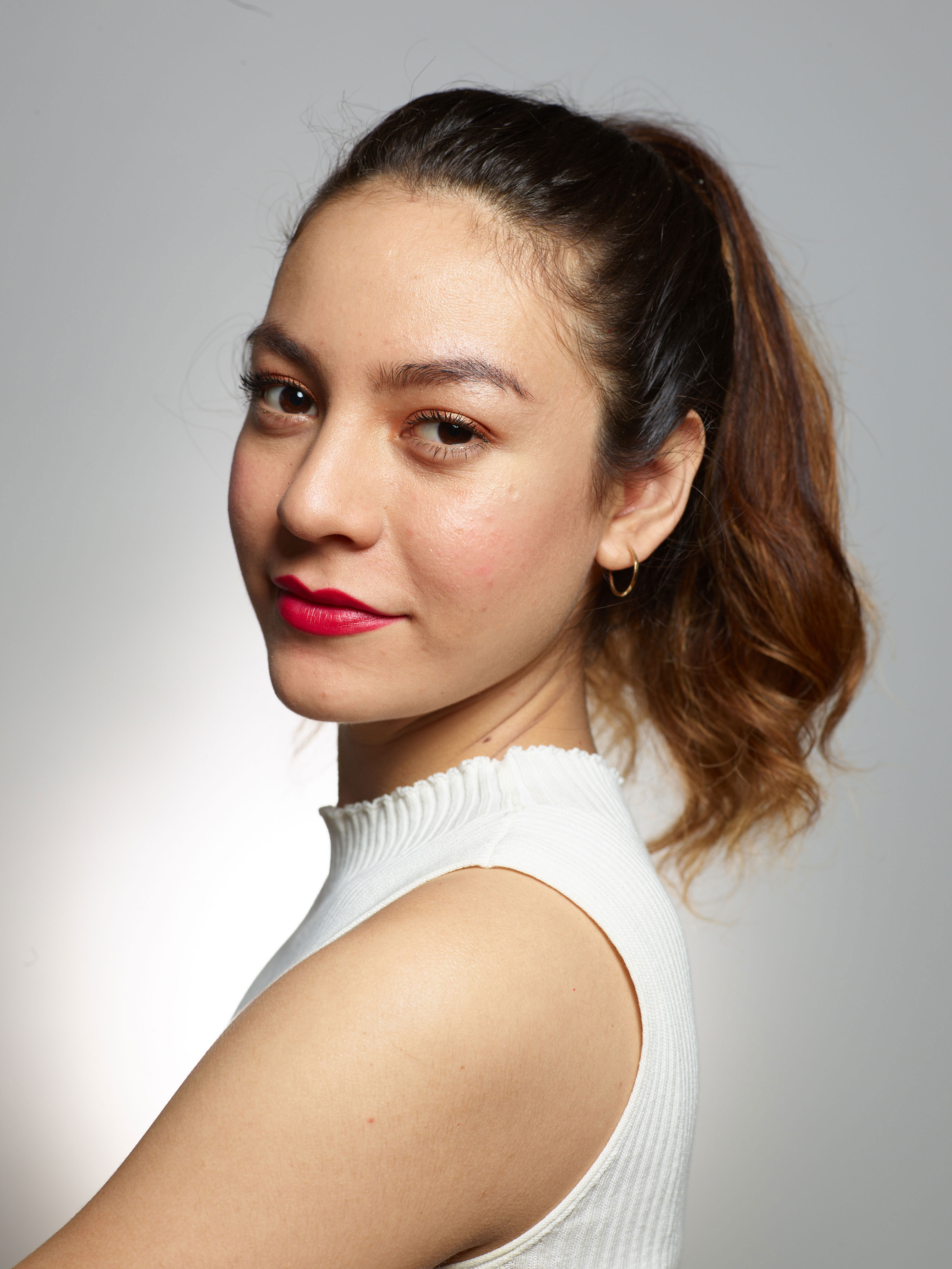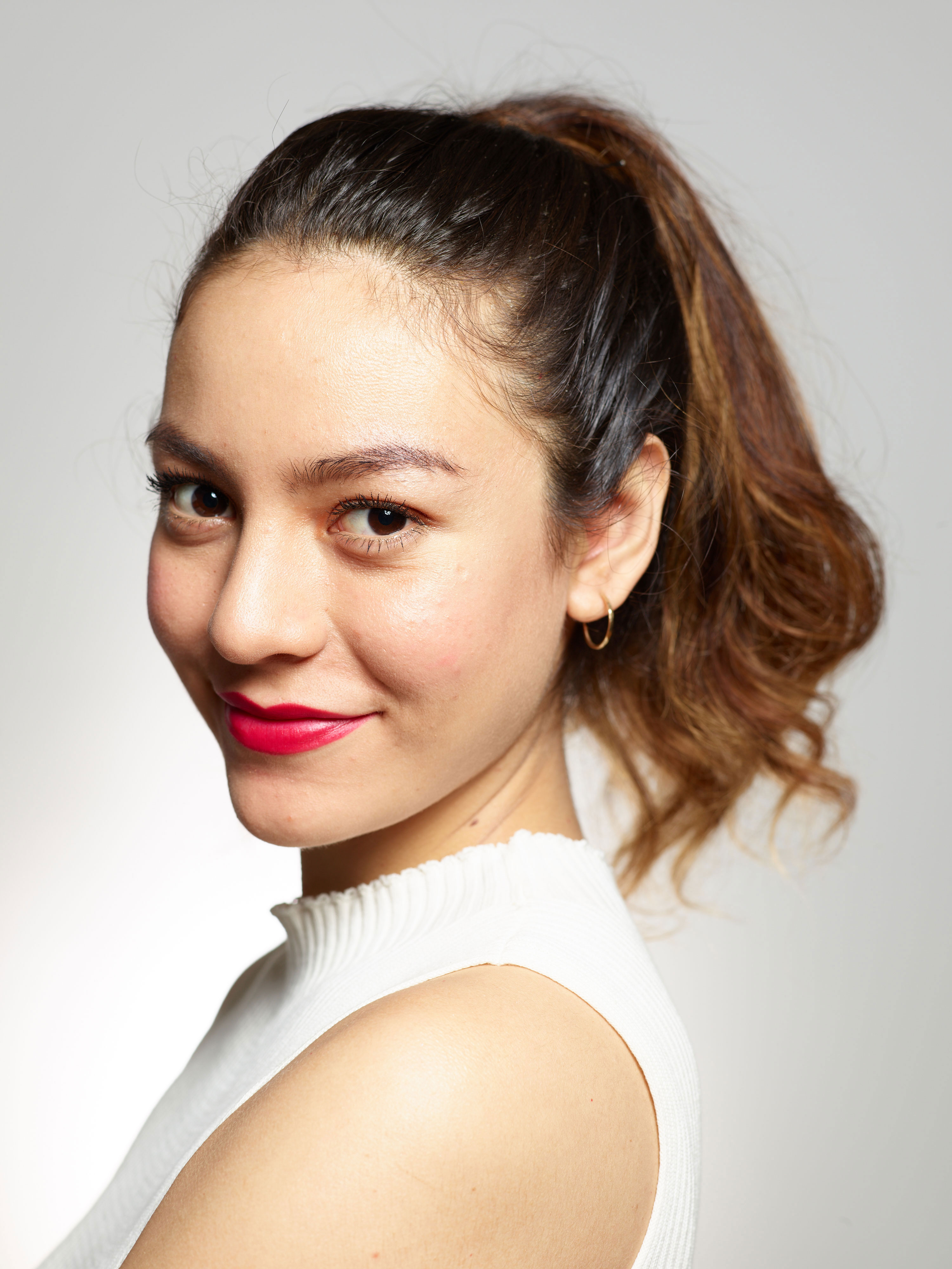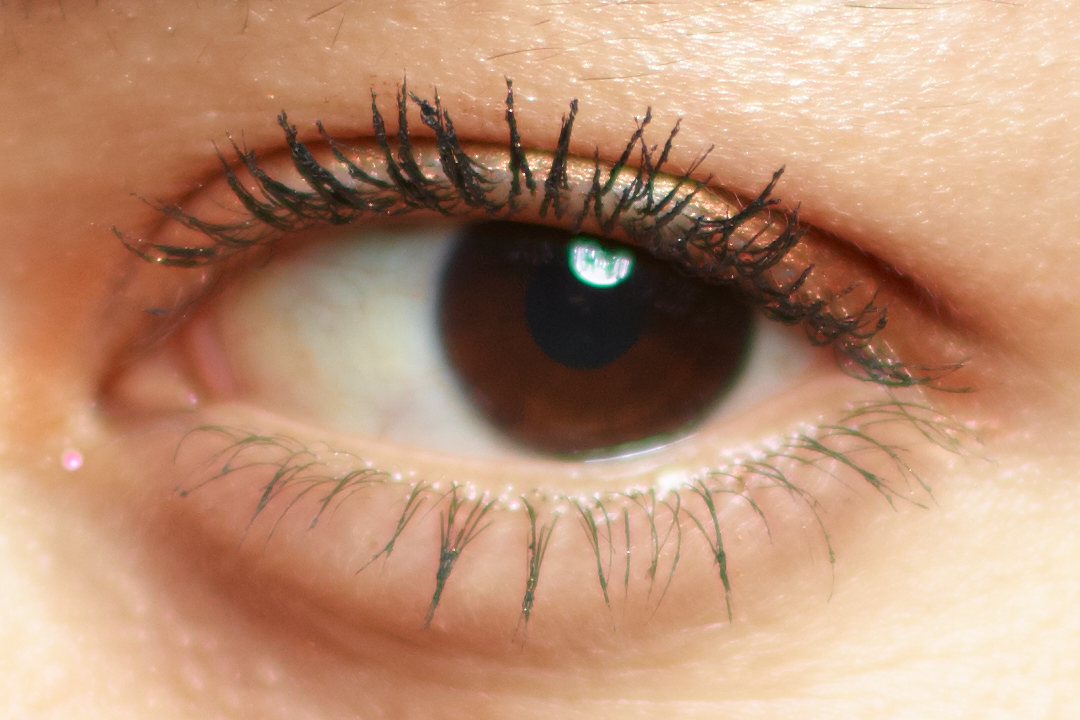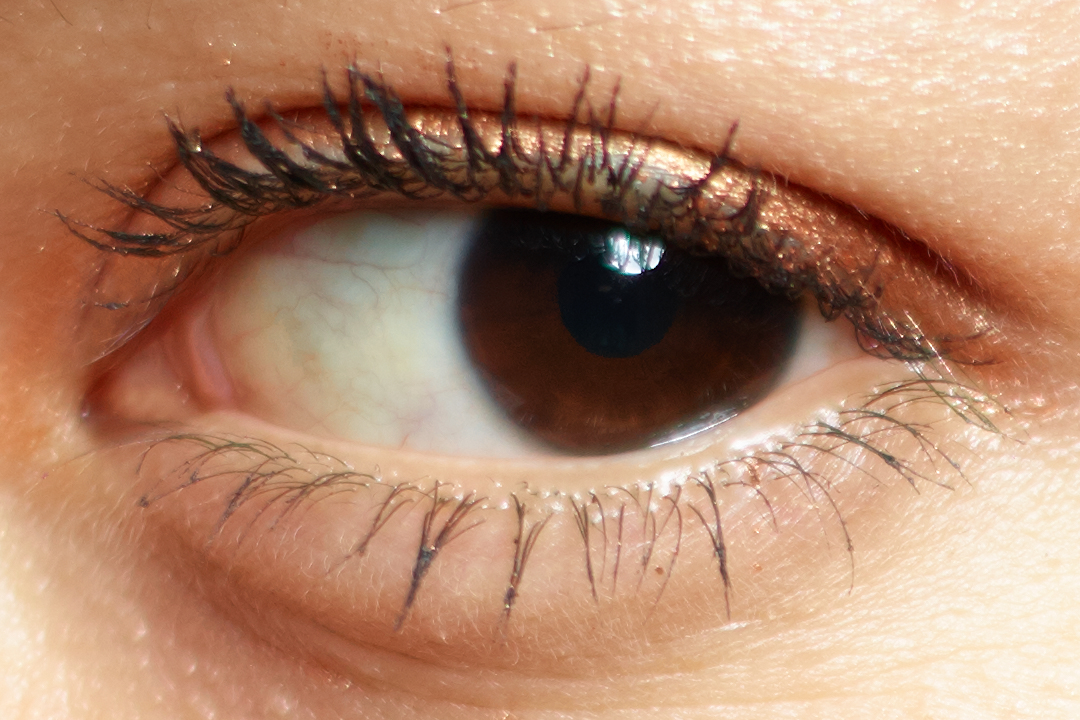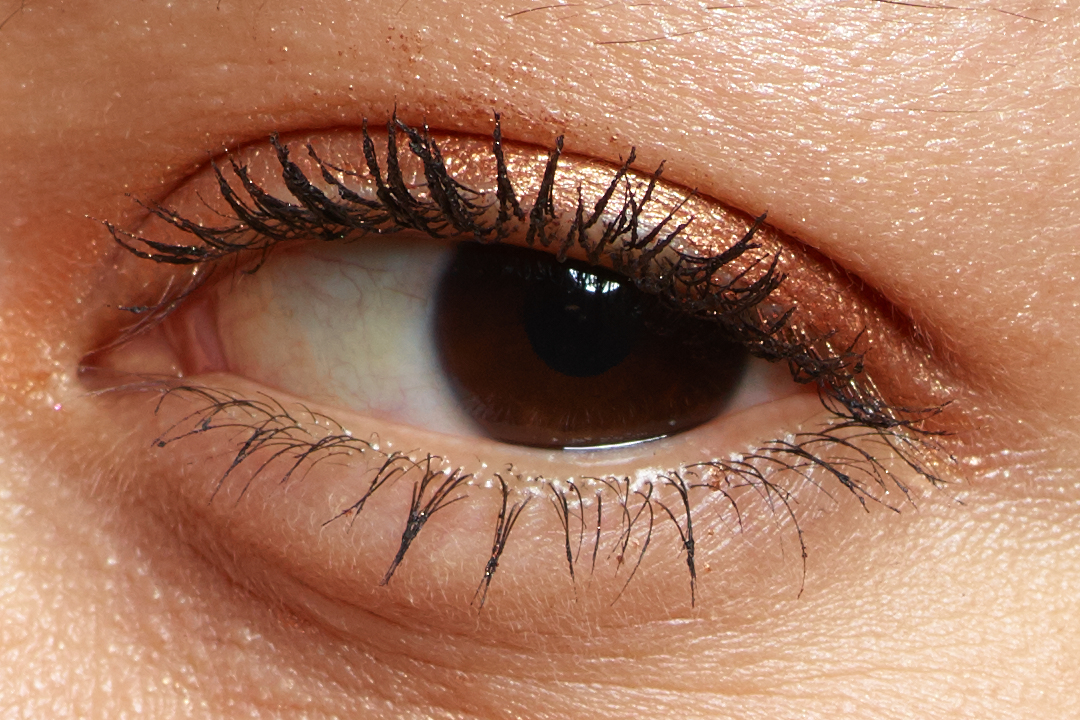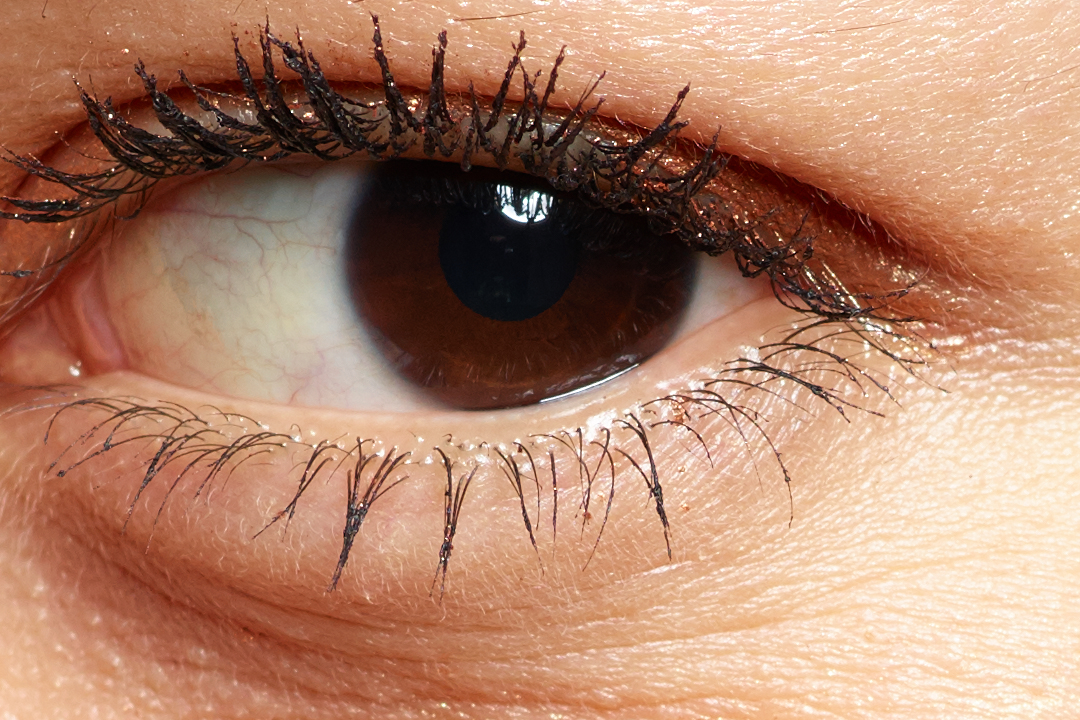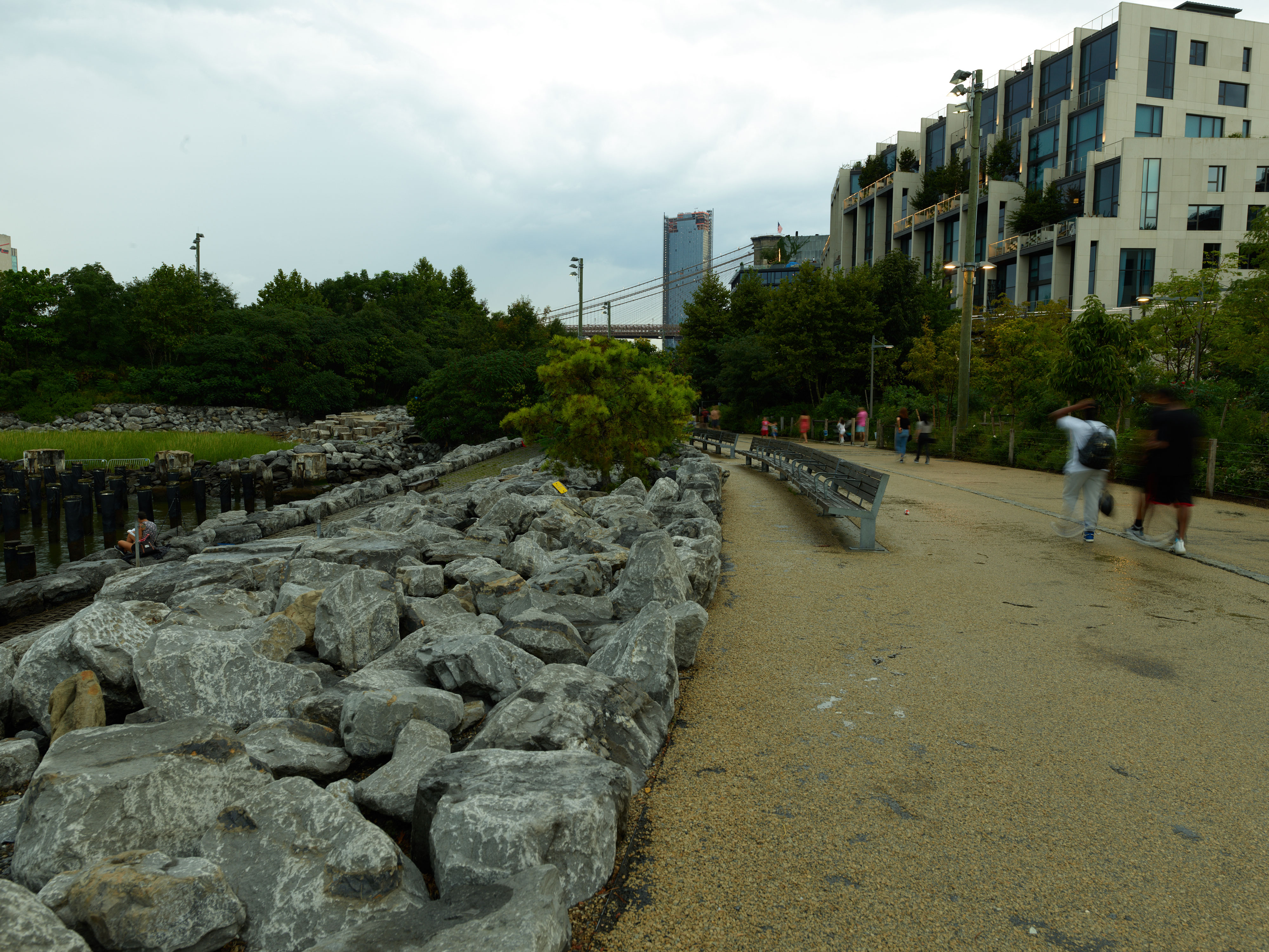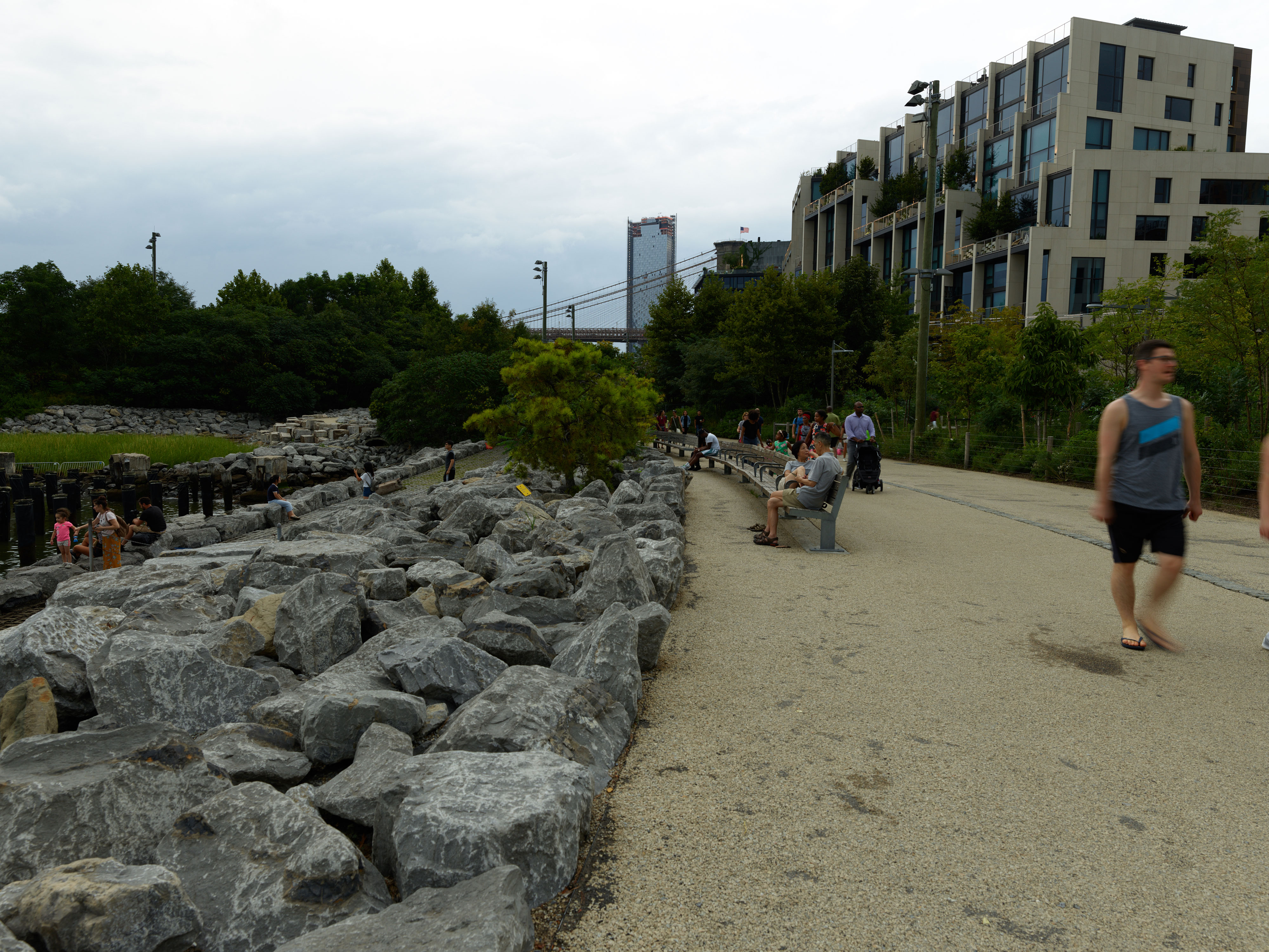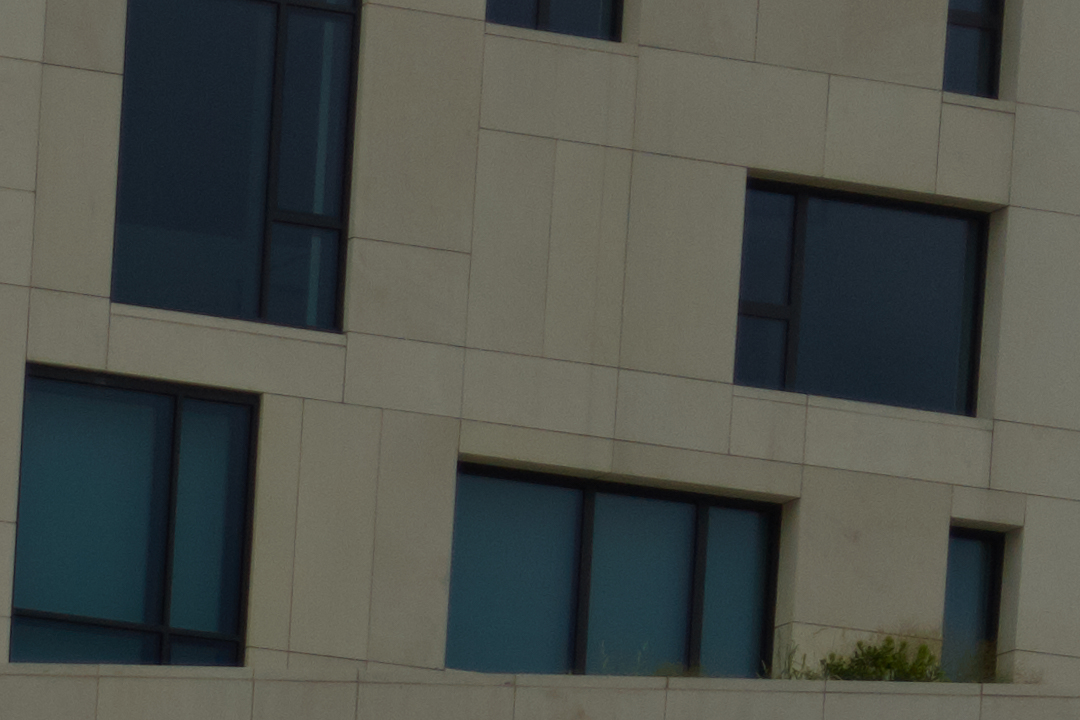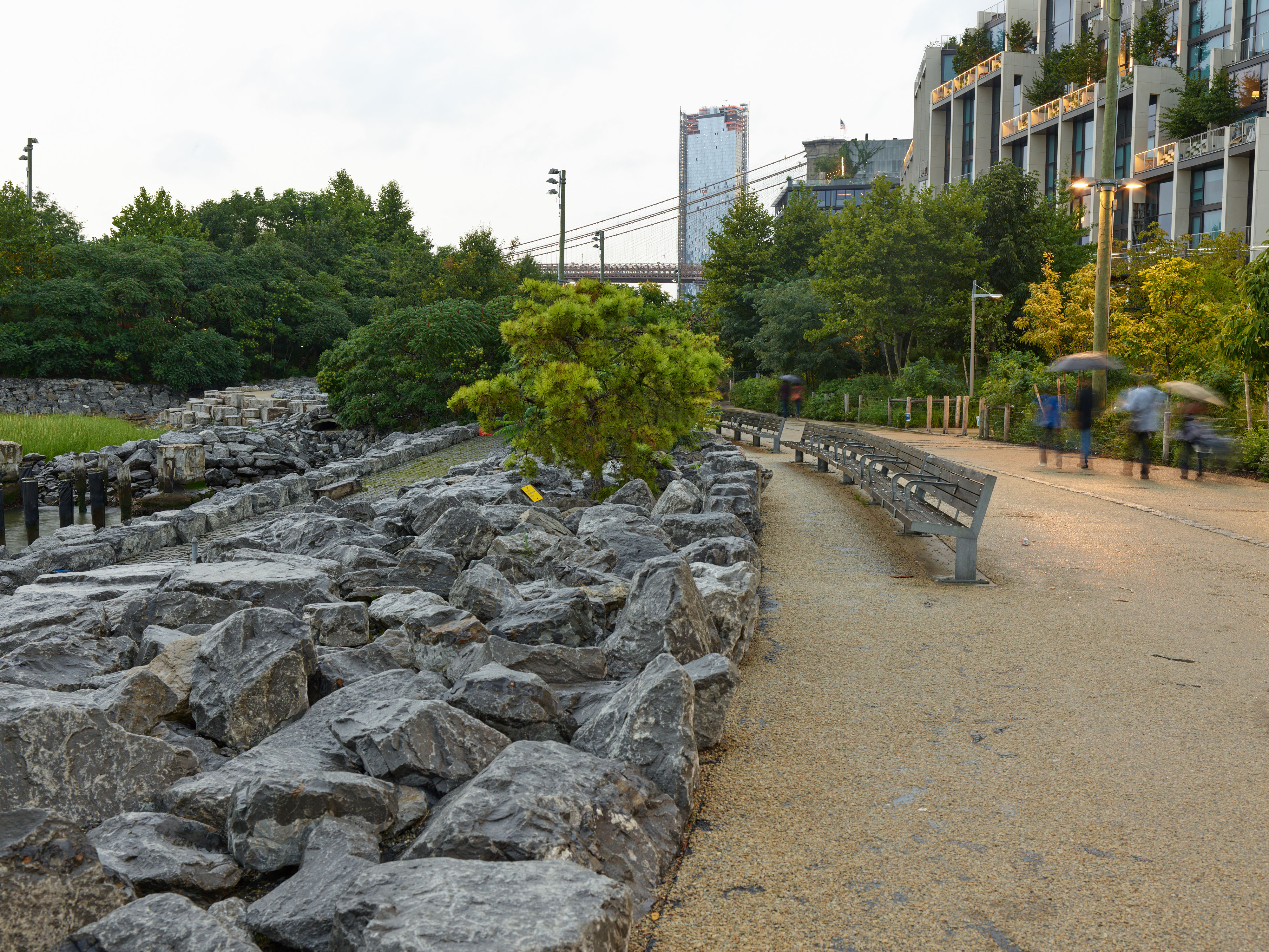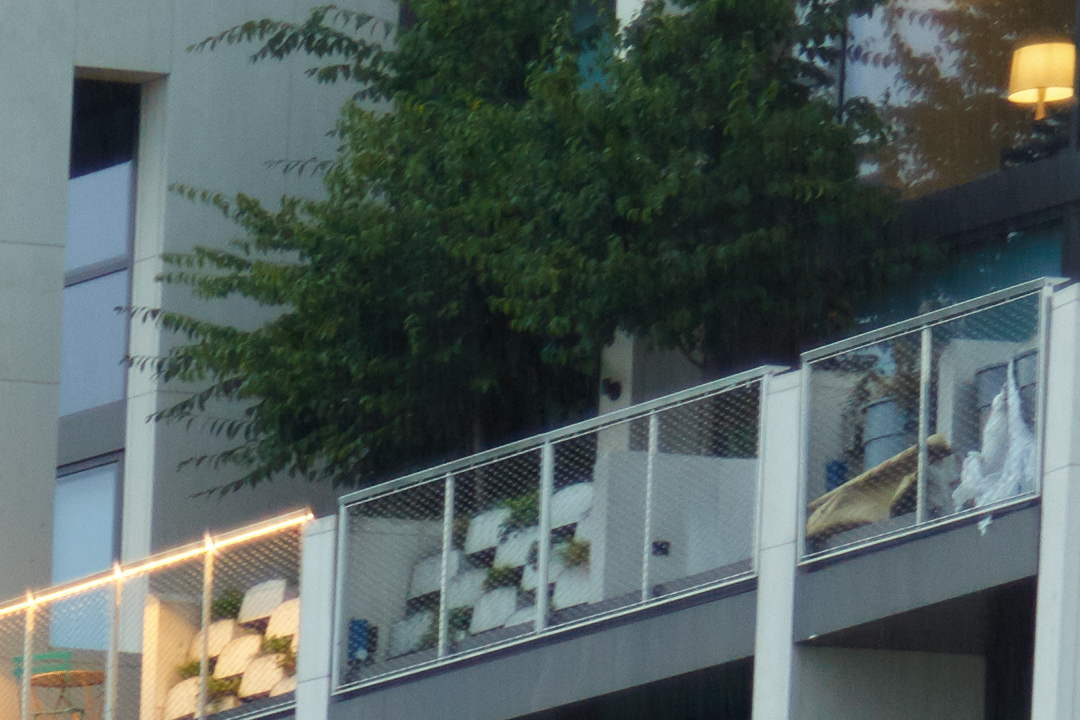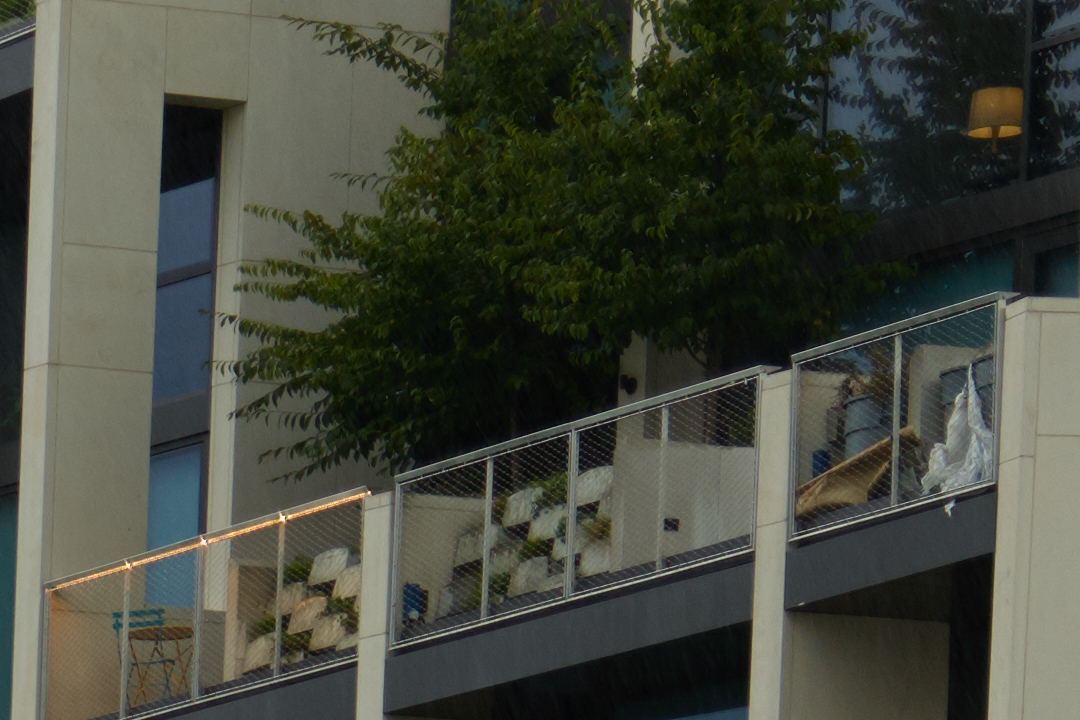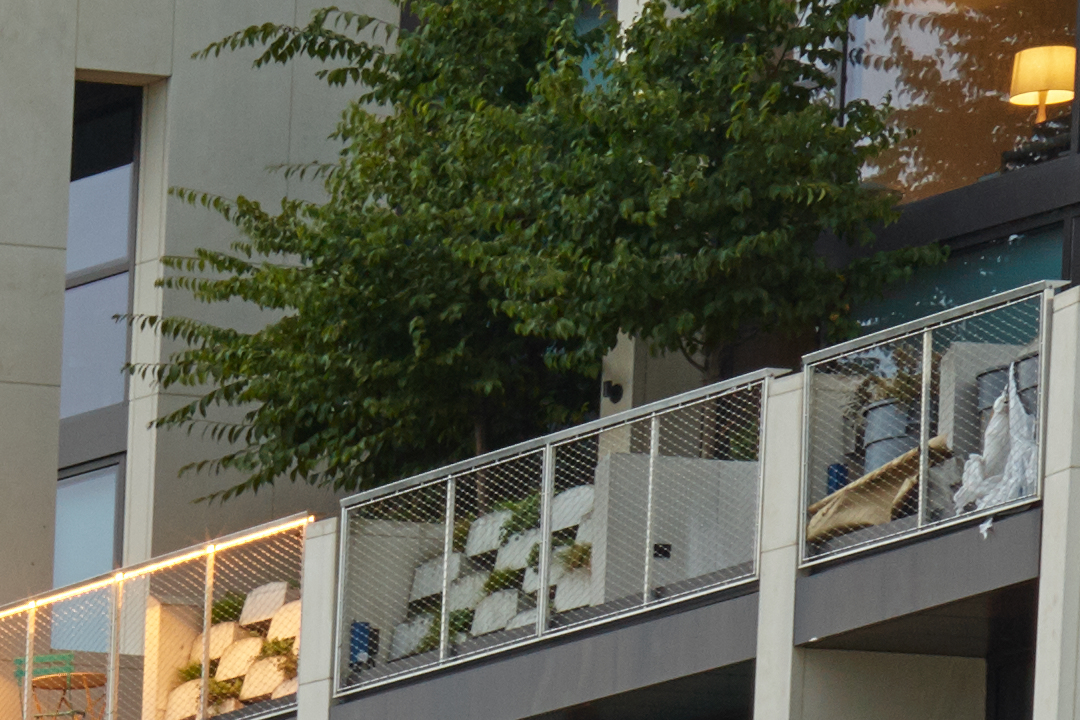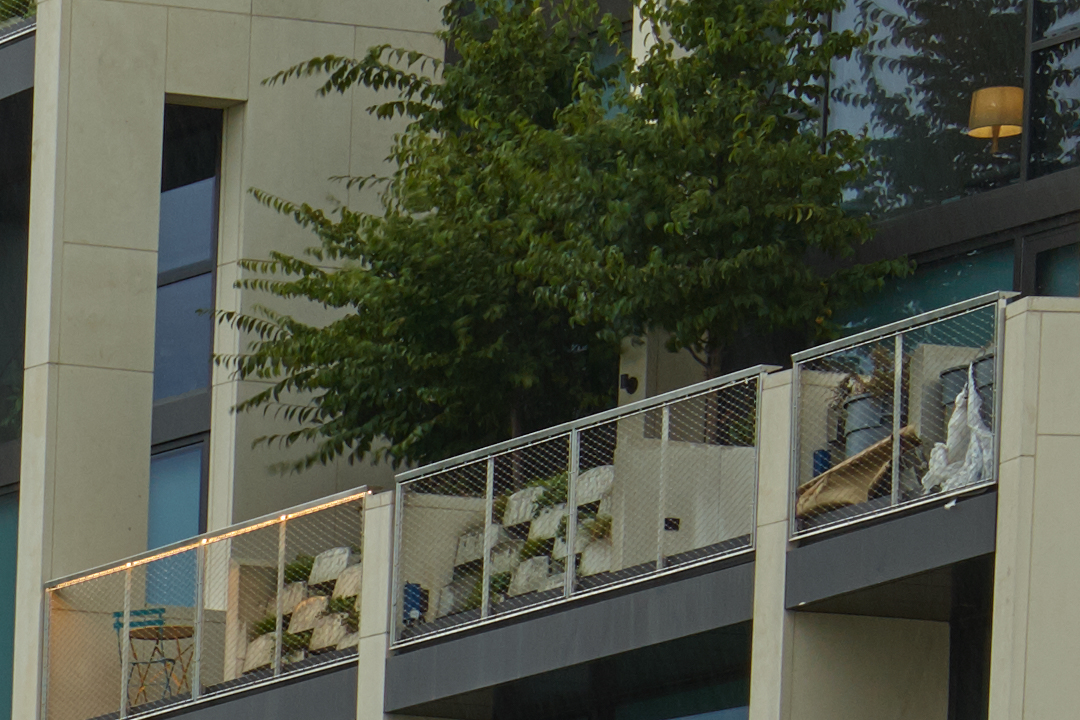Uncategorized
Medium Format Lens Shoot-Out
In a previous article, we discussed how resolution is determined by both our digital back’s sensor and our lens. No matter how high our system’s megapixel count is, if we use poorly designed lenses, we’ll be wasting our time and money making soft images on systems that should be flawless.
Here we test a set of Hasselblad H system lenses against their Phase One Blue Ring counterparts, and take a look at who comes out on top. I’ll inevitably switch terminology without realizing it throughout the article, so a quick note to those unaccustomed with the systems “HCD” will refer to Hasselblad lenses, while “P1” will refer to Phase One lenses.
Why exactly are we running these tests? There are a handful of reasons. First and foremost, we’re photo nerds, and we like running tests. But more importantly, we wanted to see how well lenses designed for older, lower resolution digital backs hold up to 100MP digital backs, and perhaps even get an idea of how they might perform on the new IQ4 150 megapixel platform.
These tests don’t provide an objective measure of pure resolving power in a vacuum – they’re simply presented in pairs, and evaluated for sharpness. If a lens hopes to perform well on the 150MP system, it had better look darn good on the 100MP.
It may be the case that you’ve come upon this article while comparing the Hasselblad H and Phase One XF platforms. Hopefully you find it informative, but if you have additional questions, we’d love to hear from you – reach out however you like via our contact page.
But enough talk! Let’s take a look at some images.
HCD 80mm f/2.8 vs. Phase One LS BR 80mm f/2.8
The 80mm lens is widely considered the “normal” lens on 645 medium format systems, and is extremely versatile. Any serious medium format system must have a solid 80mm lens. And so here we have, for your consideration, the Hasselblad and Phase One 80’s!
These are our full frame images taken with each lens. Note that all of the images throughout this post were both shot on the same sensor – the IQ3 100MP, on Hasselblad H6X and XF cameras respectively. We intentionally did not use the IQ3 100MP Trichromatic digital back on the XF, as we wanted to keep the test as even as possible. We also did not apply any profile corrections to any of the lenses, as it is possible that Phase One made better correction tools for their own lenses, and we want to test the optical quality of the lenses sans any digital trickery. If you would like to look at the raw files yourself, contact us and let me know.
Another note before we jump into analysis – these images are shot with Broncolor Unilites on a Scoros 3200 Power pack with a live model. While the lighting is the same between shots, the model position is inevitably somewhat variant, resulting in lighting differences across the face. Depth of field is also exceptionally thin, particularly at these longer portrait focal lengths, so any small variations in focus may also cause comparison issues. To combat this, we swept across all apertures and checked for correct focus between shots. The samples we will show will typically be wide open, and then stopped down to the sharpest aperture, typically around f/8 or f/11.
You’ll note that the color is also quite different. However, we did use a Goldenthread color calibration target (pictured below), and white-balanced to the same middle-grey patch 15. As the sensors are the same, the remaining variations in warmth and color rendition are most likely inherent to the respective lenses.
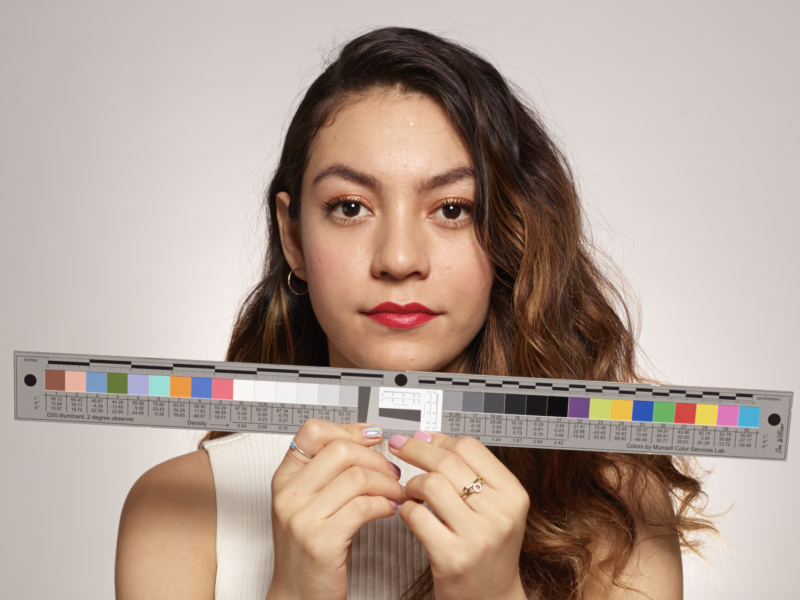
So, let’s take a look at the 100% crops of the two lenses wide open:
Both lenses have razor thin depth-of-field, but seem relatively similar in sharpness. Despite the fact that both lenses are wide open, neither seems to have particularly bad chromatic aberration (CA) or color fringing. For those familiar with Phase One, you know that these images are decently sharp, but not what I refer to as “Phase sharp.”
So we swept down in full stops from f/2.8 through f/16, and for these two lenses, they performed strongest at f/11. Here are the images we took, again at 100% (note that we switched focus to the other eye):
There we go! Nice and sharp. Perhaps you see something that we don’t, but to our eyes, it’s a toss-up. Both lenses perform relatively similarly for portrait work.
As discussed, though, 80mm is the typical “normal” focal length for 645 systems, and “portrait” lenses tend to be a tad longer than normal. So let’s compare some slightly longer lenses!
HCD 100mm f/2.2 vs. Phase One LS BR 110mm f/2.8
Here are a pair of lenses that are slightly different from one another. The Hasselblad is a tad shorter, and a bit faster, lending it a slightly wider field of view, and additional light gathering power and shallower depth of field. Nonetheless, the two lenses fill the same role – as a fast, short portrait lens, and so we compare them here. As before, here are the full frame images, side by side.
Again, you can see that the positioning was different between frames, but focus was checked for and confirmed on the eyes before moving on. Let’s look at the crops, which I think are more than illustrative. The HCD 100mm is actually an f/2.2 lens, so we did this “wide open” comparison with both lenses at f/2.8, where in theory the Hasselblad should have the advantage since it’s not truly wide open (we’ll show f/2.2 standalone at the end of the comparisons for this lens).
100% crop at f/2.8
Depth of field is now even thinner than we saw on the 80mm lenses. But CA is definitely showing up now. The Phase One shows some mild green fringing on the lower eyelashes, but the Hasselblad shows it particularly severly. As you might imagine, things only get worse on the Hasselblad if you truly open up wide to f/2.2:
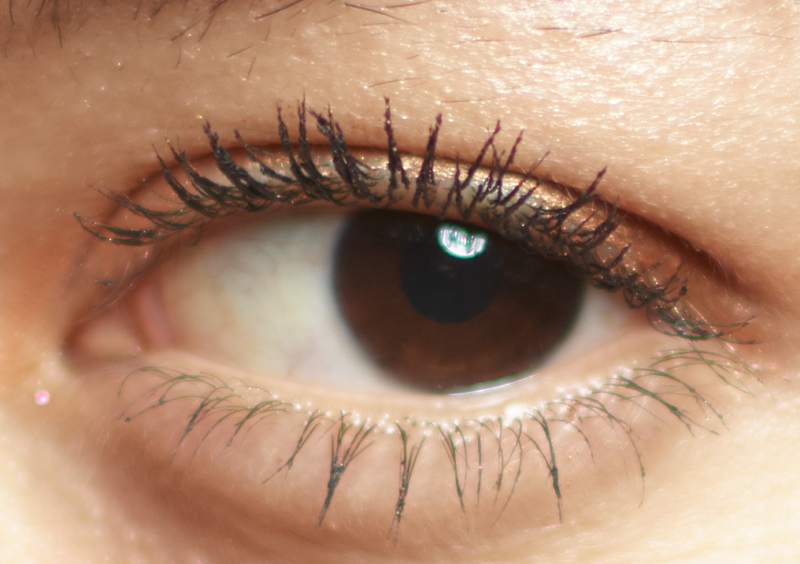
Again, we swept down through different aperture settings, and found the best results for both lenses at f/8, shown here at 100%
Much better on the CA front, and both lenses sharpen up considerably. We’ll leave the sharpness judgment up to you, but to my eye, the Phase has more bite and contrast to it.
Satisfied with testing a couple of the longer lenses, we went out by the East River in Brooklyn to test some of our landscape glass.
HCD 35mm f/3.5 vs. Phase One LS BR 35mm f/3.5
Here are the full frame comparisons. There was enough foreground-background separation that we could focus on the building in the foreground to the right and be in focus through infinity, even at f/3.5. As before, these images were color balanced to the same target.
Here is a set of 100% crops from the corners, wide open. The Hasselblad renders with a bit of a dreamy haze…which is not usually a good thing in a wide angle landscape lens. The Phase, while considerably better, still doesn’t seem “Phase sharp.”
As before, we swept down through various apertures and found the best results at f/11, shown here at 100%
Now the Phase One hits the level of sharpness we’ve come to expect from medium format systems. The Hasselblad improves as well, but still renders a far softer image than its counterpart.
We then moved to one final test, pitting one of Hasselblad’s newest lenses against a relatively recent Phase One Blue Ring.
HCD 50mm f/3.5 Mk II vs. Phase One LS BR 45mm f/3.5
On paper, these two lenses might seem quite similar. If you’ve ever handled them, they’re drastically different though. The Phase One 45mm shares more of a build similarity to the large 35mm lenses in the previous test, whereas the Hasselblad 50mm isn’t much larger than the HCD 100mm f/2.2. But both lenses provide a “wide-normal” field of view, and given their relative newness, we went head to head with them. Here are the full frame images:
And the subsequent 100% crops, wide open:
Neither looks particularly atrocious, but there would be little reason to shoot either at this aperture, where they don’t quite look as sharp as they ought to.
After our aperture sweep, here’s our 100% crops at f/11:
We’ll leave the call up to you, but I think that the chainlink is sharper on the P1, even though the frame is wider. However, they are both excellent lenses, and I think that if Hasselblad continues to produce glass like this for the H system, it may remain a viable full-frame medium format option in the 150MP era. However, given Hasselblad’s reluctance to update the optics of the H line of lenses (the recent orange dot versions improved the shutter and sync speed, but left the optics unchanged), and the runaway success of its mirrorless X1D, with its own set of non-backwards compatible lenses, this “if” is very much an “if”.
Phase One, for better or for worse, has been laser focused on full-frame 645 SLR solutions. But choosing to add functionality to their existing systems through the Infinity Platform is a new look for the company, and investing in a single line makes lens development easier. Regardless of how things go, the world of medium format just keeps getting more and more interesting.
Be sure to check out our huge knowledge base on the IQ4 and 150MP platforms, and contact us with any unanswered questions you might have!

